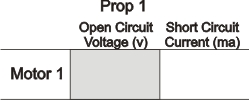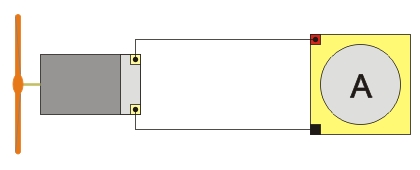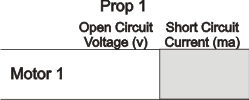Prepare the Generator
Caution: The propeller must be securely attached to the motor shaft. This
is usually done using an adapter that "press fits" snuggly or has a set
screw that can be tightened. Because the propeller can attain high speeds,
never use the apparatus if the 'prop' is not secure.

Figure. Examples of Motor Shaft Adapters
Clamp the first motor and propeller and make sure it does not hit
anything when it turns. If you are using a lab stand, it's a good idea to
use a C-clamp to secure it to a table.
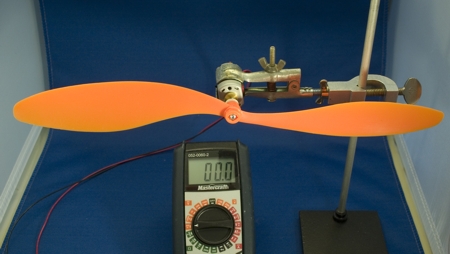
Figure. Model Wind Generator (stand base clamp not shown)
Attach alligator clips to the motor terminals (or leads if there are
wires attached to the motor). Set the multi-meter probes to measure voltage
and set the selector switch to 20 volts DC.
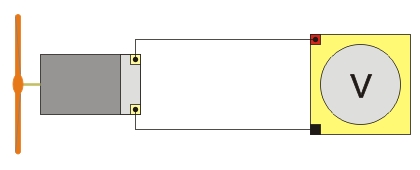
Figure. Block Diagram for the open circuit voltage measurement



